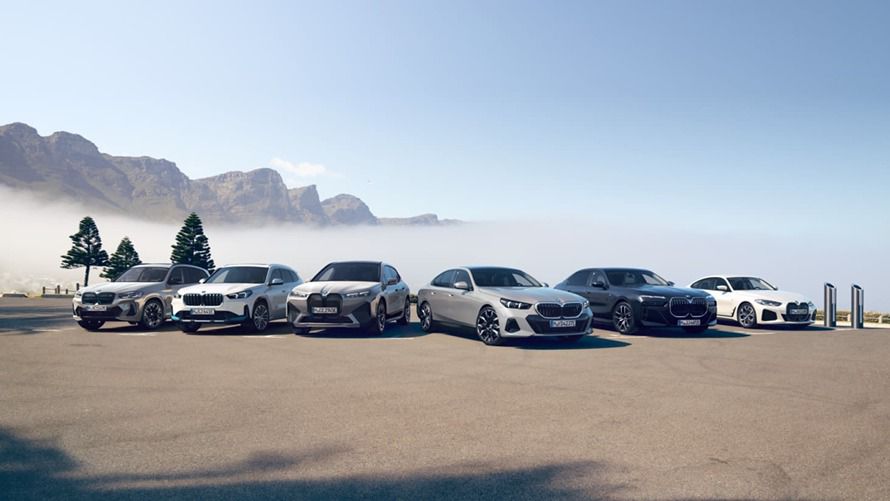BMW M3 Competition Touring with M xDrive[1]: Fuel consumption, combined WLTP in l/100 km: 10.4-10.3; CO2 emissions, combined WLTP in g/km: 235-233
[1] Provisional figures; any missing figures were unavailable at the time of publication.
THE BMW 3 SERIES TOURING M MODELS.
BMW 3 Series Touring M models combine sporty performance with characteristic M design an everyday practicality. With a powerful 390 kW in the BMW M3 Competition Touring with M xDrive, every model delivers adrenaline-charged driving pleasure. Discover the BMW 3 Series Touring M models, their equipment options, technical data, and a wide range of leasing and financing options.
TECHNICAL DATA
VARIANTS.
- Models
- M Models

- Petrol
Power[1] | 390 kW (530 hp) |
|---|---|
Torque[1] | 650 Nm |
0-100 km/h[1] | 3.6 s |
Vmax[1] | 250 km/h |
BMW M3 Competition Touring with M xDrive[1]: Fuel consumption, combined WLTP in l/100 km: 10.4-10.3; CO2 emissions, combined WLTP in g/km: 235-233
[1] Provisional figures; any missing figures were unavailable at the time of publication.
BMW M3 Competition Touring with M xDrive[1]: Fuel consumption, combined WLTP in l/100 km: 10.4-10.3; CO2 emissions, combined WLTP in g/km: 235-233
[1] Provisional figures; any missing figures were unavailable at the time of publication.
DRIVING DYNAMICS.
EXTERIOR DESIGN.
INTERIOR DESIGN.
TECHNOLOGIES
INTELLIGENTLY BY YOUR SIDE.
DIGITAL HIGHLIGHTS.

LEASING & FINANCE
YOUR NEW BMW 3 SERIES TOURING M MODEL.
Enrich your individual lease or loan product with attractive services and insurance in one package.
All in. Simply smart. BMW Financial Services
PROACTIVE CARE IN THE BMW 3 SERIES TOURING.
FREQUENTLY ASKED QUESTIONS ON THE BMW M3 TOURING.
YOU MAY ALSO LIKE.
Fuel consumption and CO2 emissions.
BMW M3 Competition Touring with M xDrive[1]: Fuel consumption, combined WLTP in l/100 km: 10.4-10.3; CO2 emissions, combined WLTP in g/km: 235-233
[1] Provisional figures; any missing figures were unavailable at the time of publication.
[2] Material-specific properties can cause higher operating noises when braking, e.g. after longer periods of light braking or just before coming to a stop in wet conditions. The influence of road salt or wetness, e.g. after using car washes, overnight condensation, driving in the rain, etc., can cause the braking effect to be similar to that of a conventional brake system. This reduced braking effect can be compensated for with greater pedal pressure.
The values of fuel consumptions, CO2 emissions and energy consumptions shown were determined according to the European Regulation (EC) 715/2007 in the version applicable at the time of type approval. The figures refer to a vehicle with basic configuration in Germany and the range shown considers optional equipment and the different size of wheels and tires available on the selected model.
The CO2 efficiency specifications are determined according to Directive 1999/94/EC and the European Regulation in its current version applicable. The values shown are based on the fuel consumption, CO2 values and energy consumptions according to the NEDC cycle for the classification.
When charging times are shown they can be affected by a number of factors such as type of charger, voltage supplied to the charger/car and type of current (AC or DC) supplied to the charger/car. The car also plays a role in charging times as it can be set by the driver to accept various different amperage and should preconditioning be used to heat or cool the vehicle while charging this will also affect the charging time.
The basis for the calculation of the charging times for 100 km range is the electric consumption of the vehicle based on the use of a high-Powered Charging station (HPC) or charging type and current as indicted in the literature above. The testing procedure measures are based on a 23 degrees Celsius battery start and ambient temperature with certification values excluding additional auxiliary consuming devices and systems within the vehicle such as seat heating, displays, air conditioning.
Individual consumption (fuel economy) may differ due to driving profile, vehicle load profile, auxiliary consumer usage, temperature, and ambient conditions. Consumption is based on WLTP or NEDC (whichever is indicated) best case conditions and is independently tested for BMW Group. If you are comparing this range with other models or brands make sure they are stating the same WLTP or NEDC testing regime. These results can be used to compare vehicles on a close to “like for like” basis but are unlikely to be achieved in real world conditions for reasons including temperature variation, driving conditions and the use of the auxiliary systems referred to above.
Information provided and images displayed on this site include overseas models and may show some features not available in New Zealand. Please contact an authorised BMW dealer for specific information on vehicles and features available in New Zealand. Product changes may have been made since production of this content.






















